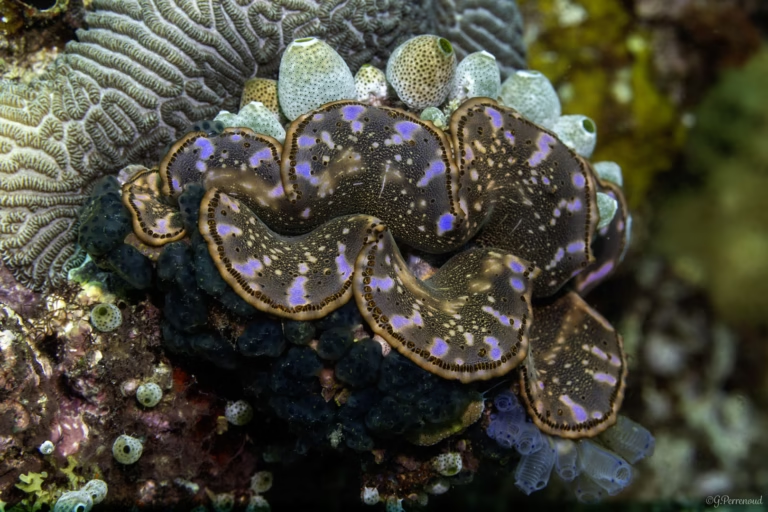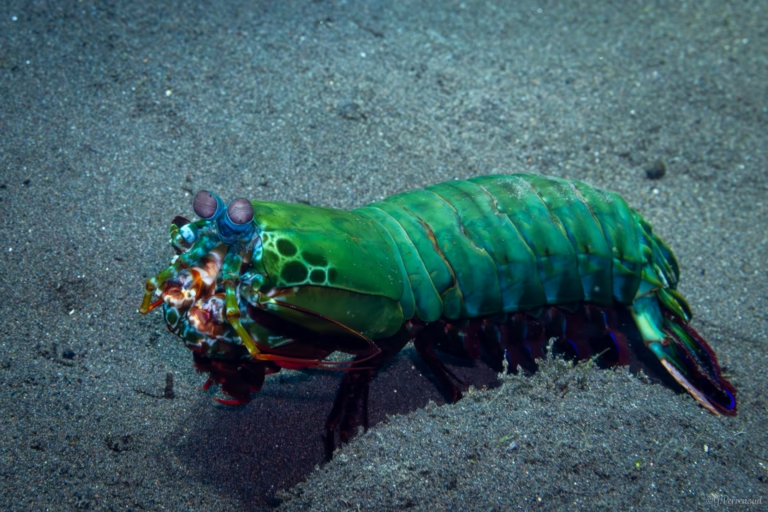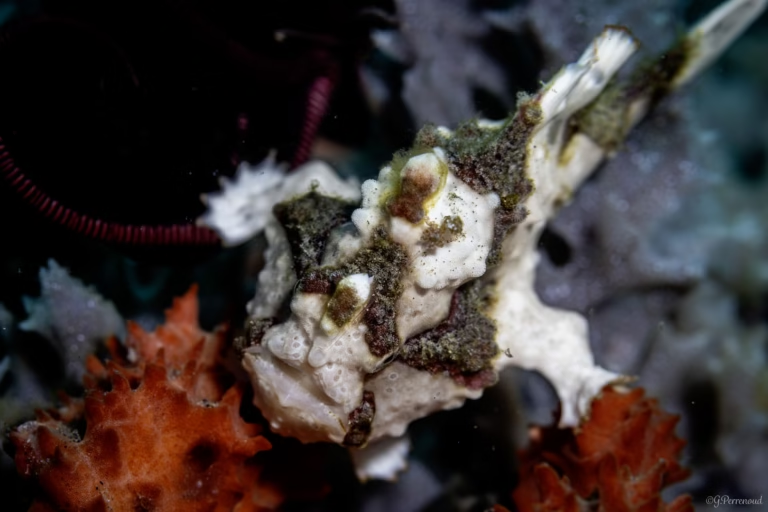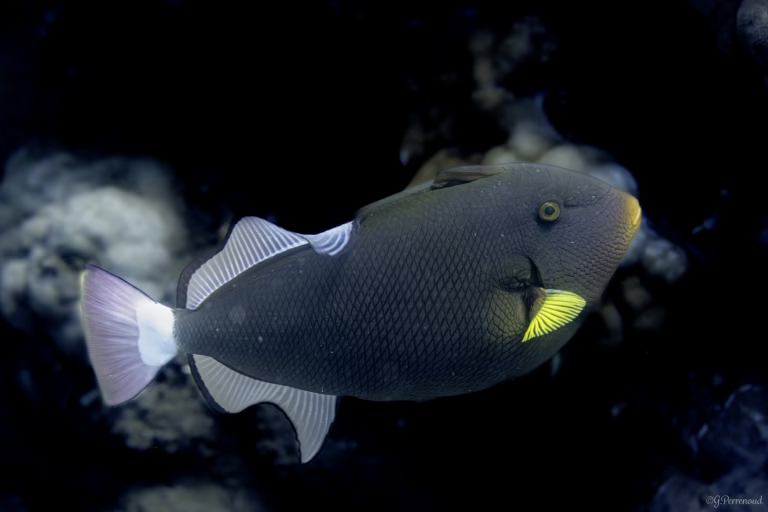
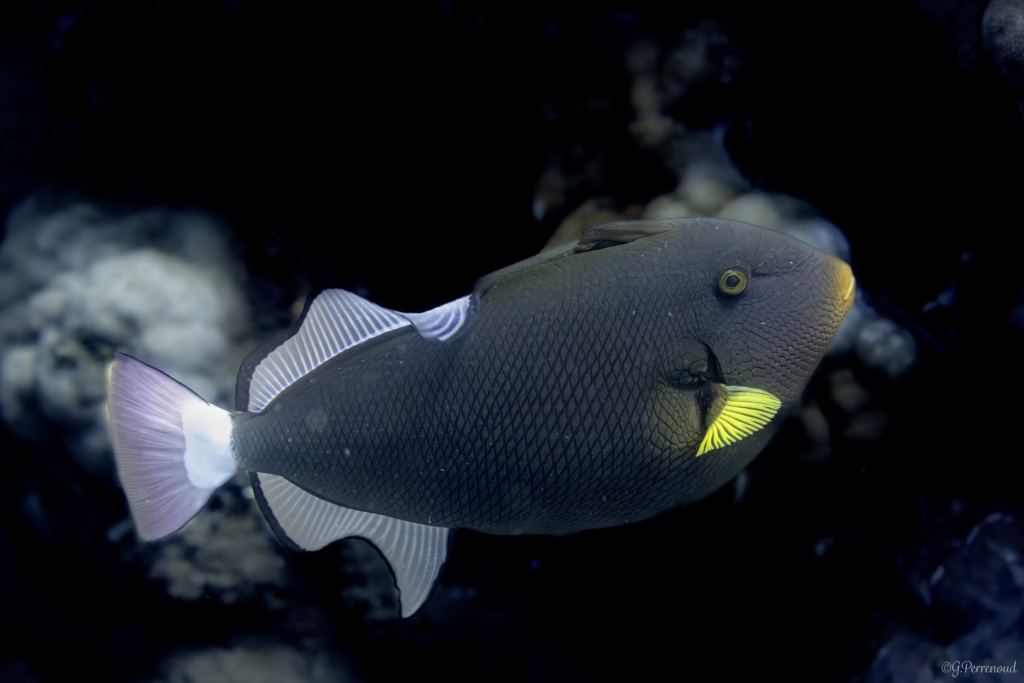
Table of contents
Introduction
Triggerfish are fascinating creatures that play a crucial role in maintaining the health of coral reef ecosystems. These colorful and unique fish are known for their distinctive teeth and powerful jaws, which they use to crush sea urchins and other hard-shelled prey. Their presence in reef habitats has a significant impact on the balance of marine life and the overall well-being of these delicate environments.
The Coral Triangle, a region in the western Pacific Ocean, is home to a diverse array of triggerfish species. This article explores the physical characteristics of triggerfish, their behavior and defense mechanisms, and their ecological importance. It also examines the conservation status of these remarkable fish and the threats they face in their natural habitats. By understanding the vital role triggerfish play in reef health, we can better appreciate the need to protect these guardians of the coral ecosystem.
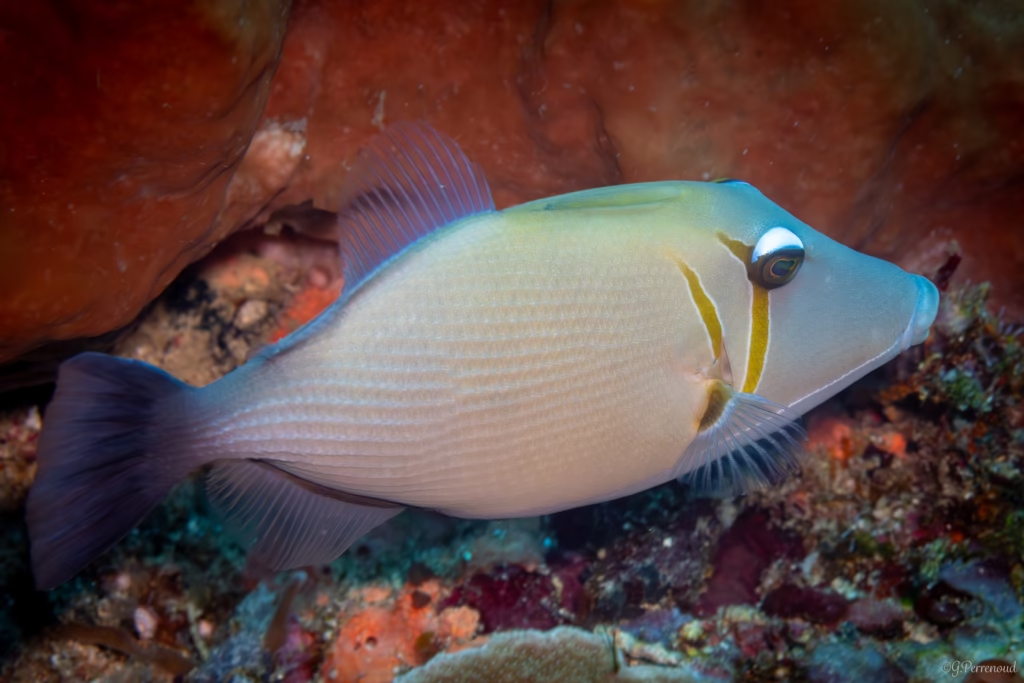
Physical Characteristics of Triggerfish
Distinctive body shape and features
Triggerfish have a unique and easily recognizable appearance. Their bodies are oval-shaped, compressed, and laterally flattened, allowing them to navigate through rocky reefs and coral formations with ease. These fish have a large head that makes up about one-third of their body length, with small, high-set eyes that can move independently of each other. This eye placement and movement give triggerfish excellent vision and awareness of their surroundings.
One of the most distinctive features of triggerfish is their specialized dorsal fin. The first dorsal fin consists of three spines, with the first spine being the longest and stoutest. These spines can be locked into place, giving the triggerfish its name. The second dorsal and anal fins are made up of soft rays and are used for their primary mode of propulsion, known as balistiform swimming. This unique swimming style allows triggerfish to move forward, backward, and even hover like a UFO, making them highly maneuverable in their reef habitats.
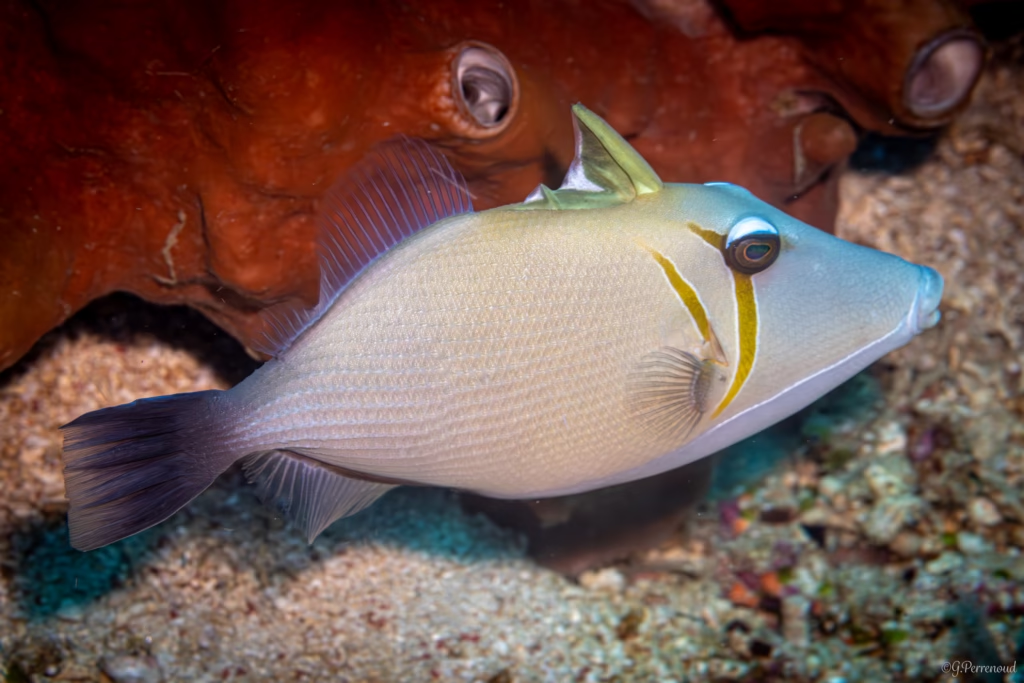
Coloration and patterns
Triggerfish exhibit a wide range of colors and patterns, making them some of the most visually striking fish in coral reef ecosystems. Their coloration can include vibrant hues of blue, yellow, white, black, and gray. Many species feature intricate designs, often incorporating lines, spots, or blocks of color. These color schemes serve multiple purposes, including camouflage and visual signaling to other fish.
Size range across species
The size of triggerfish varies considerably across different species. While most triggerfish range between 20 and 50 centimeters (8-20 inches) in length, some species can grow much larger. The titan triggerfish, for example, can reach lengths of up to 75 centimeters (30 inches), making it one of the largest species in its range. On the other end of the spectrum, some smaller species may only grow to about 20 centimeters (8 inches) in length.
Triggerfish Behavior and Defense Mechanisms
Unique swimming technique
Triggerfish have a distinctive swimming style known as balistiform swimming. This technique allows them to move with precision and agility through coral reefs. Using their second dorsal and anal fins, triggerfish can propel themselves forward, backward, and even hover in place. This unique ability gives them an advantage in navigating complex reef structures and evading predators.
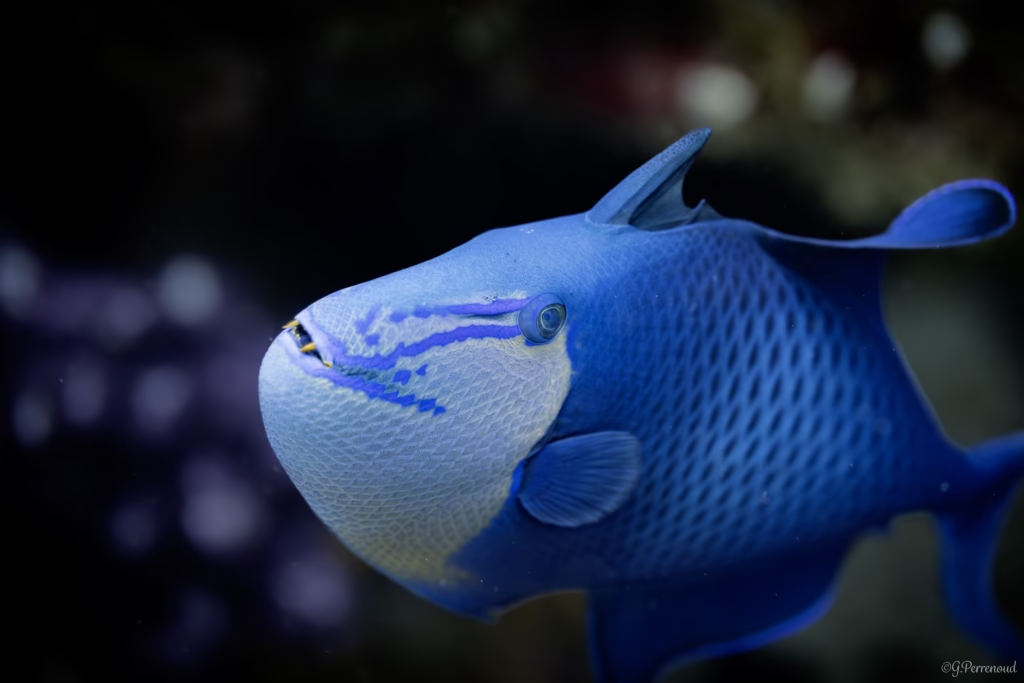
Use of dorsal spines for protection
One of the most remarkable features of triggerfish is their specialized dorsal fin. The first spine of this fin is long and sturdy, and it can be locked into place by the second spine. When threatened, triggerfish retreat into crevices or holes in the reef and erect this spine, effectively anchoring themselves in place. This behavior makes it extremely difficult for predators to remove them from their hiding spots. The locking mechanism is so effective that it gave rise to the name “triggerfish.”
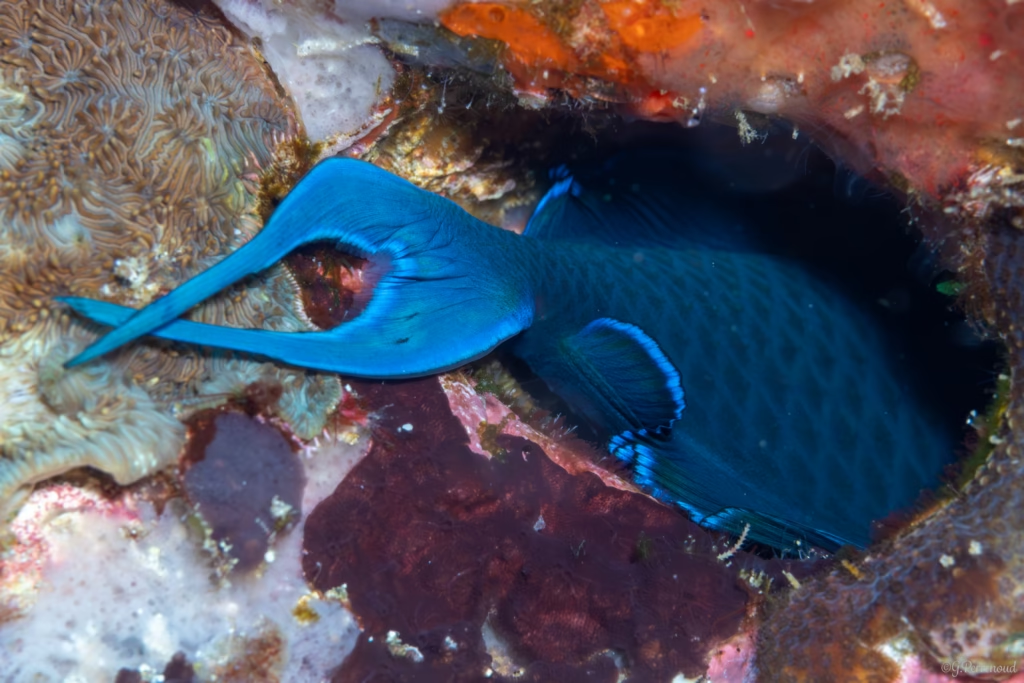
Territorial nature and aggressive behavior
Triggerfish are known for their highly territorial nature, especially during breeding seasons. Males prepare and defend multiple nesting sites, often displaying aggressive behavior towards intruders. This aggression extends to other fish species and even humans. Some species, like the titan triggerfish, are particularly notorious for their confrontational attitude. They have been known to charge at divers who enter their territory, which is typically cone-shaped and extends from the nest on the seafloor to the water’s surface. When you see one charging you, simply swim back and deeper and the will let you alone. Females also exhibit protective behavior, guarding their nests from potential predators such as wrasses, groupers, and red snappers.
Ecological Role in Coral Reef Ecosystems
Triggerfish are carnivores with a diverse diet that includes sea urchins, mollusks, and other hard-shelled invertebrates. Their powerful jaws and teeth allow them to crush the shells of their prey effectively. Smaller triggerfish species feed on items such as mysis shrimp and krill, while larger species consume mussels, cockles, and even whole clams. This varied diet plays a crucial role in maintaining the balance of marine ecosystems.
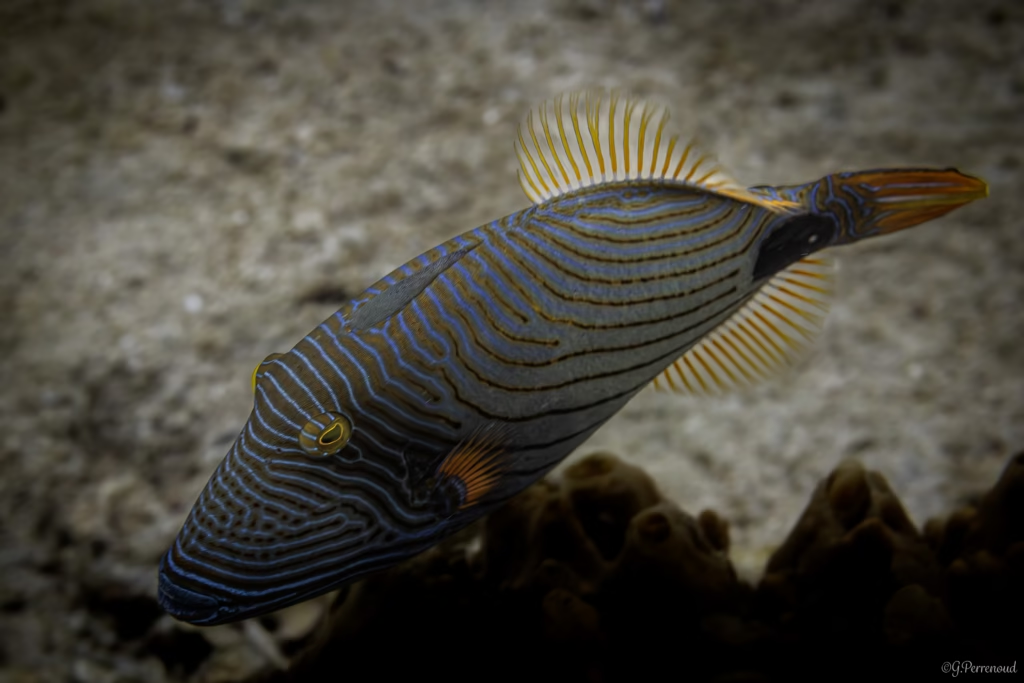
Impact on sea urchin populations
Triggerfish, particularly the orange-lined triggerfish (Balistapus undulatus), have a significant impact on sea urchin populations. These fish are known to prey on reef-eroding sea urchins, which can be detrimental to reef structure when their numbers become too high. By controlling sea urchin populations, triggerfish indirectly contribute to a reef’s ability to grow and stay ahead of rising sea levels. In some cases, triggerfish can be responsible for up to 100% of urchin predation in certain areas.
Contribution to reef health
The presence of triggerfish has a positive association with reef builders and overall reef health. By reducing the number of sea urchins that degrade reef structures, triggerfish help maintain the reef’s ability to thrive and grow. Studies have shown that maintaining a few orange-lined triggerfish increases the coral reefs’ growth potential. This relationship between triggerfish and reef health highlights the importance of protecting these species, even though they contribute little to coastal communities in terms of food or income. The subtle predator-prey interactions involving triggerfish and marine invertebrates may be equally or more important than environmental factors in promoting reef growth.
Conservation Status and Threats
The conservation status of triggerfish varies across species and regions. Some species, like the clown triggerfish, are currently listed as a species of Least Concern by the International Union for Conservation of Nature (IUCN). However, many triggerfish populations face challenges due to habitat destruction, overfishing, and pollution. In the Caribbean, the queen triggerfish is an important species for local fisheries, leading to the implementation of management plans to ensure sustainable harvesting.
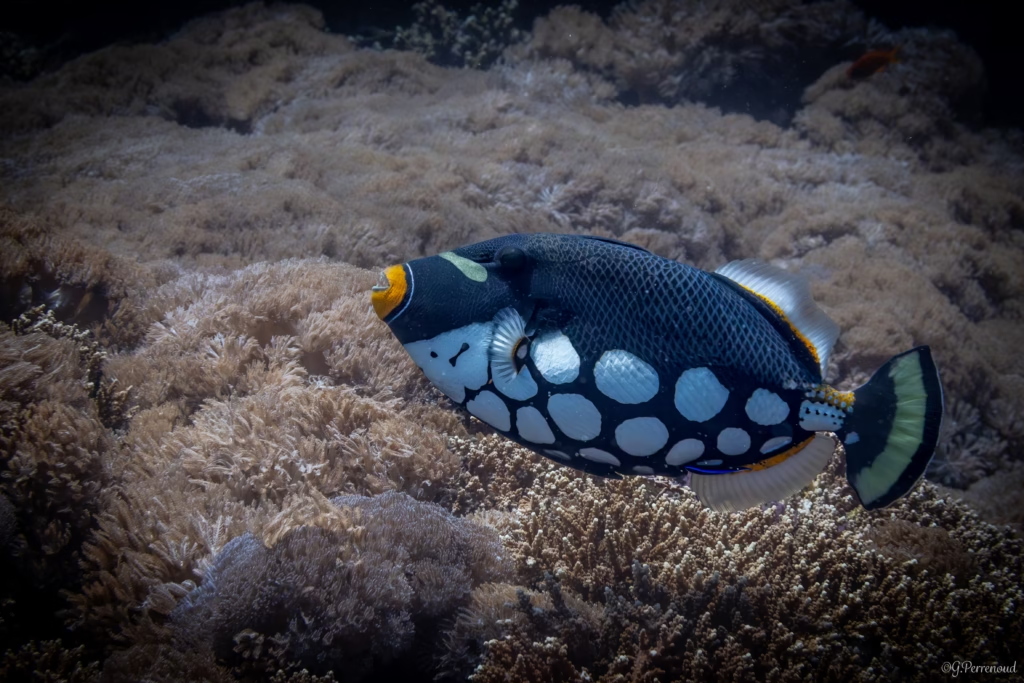
Conclusion
Triggerfish play a crucial role in maintaining the health of coral reef ecosystems. Their unique physical features, behaviors, and feeding habits have a significant impact on the balance of marine life. By controlling sea urchin populations and contributing to reef growth, these colorful fish act as guardians of the coral environment. Their presence is closely tied to the overall well-being of reefs, highlighting the need to protect these important species.
However, triggerfish face challenges from overfishing, habitat loss, and pollution. To safeguard these vital members of reef communities, conservation efforts are underway. The establishment of marine protected areas and sustainable fishing practices are steps in the right direction. By recognizing the importance of triggerfish and taking action to protect them, we can help ensure the continued health and diversity of coral reef ecosystems for future generations.
FAQs
What are triggerfish?
Triggerfish are a family of colorful marine fish known for their distinctive oval-shaped bodies and powerful jaws. They get their name from the unique locking mechanism of their first dorsal fin, which they can raise and lock into place like a trigger.Where are triggerfish commonly found?
Triggerfish are primarily found in tropical and subtropical waters around the world, including the Atlantic, Pacific, and Indian Oceans. They are often associated with coral reefs and rocky areas.What do triggerfish eat?
Triggerfish are omnivorous, with a diet that includes sea urchins, mollusks, crustaceans, coral, and algae. Their strong jaws and teeth allow them to crack open hard-shelled prey.How large do triggerfish typically grow?
The size of triggerfish varies by species, but most range from 20 to 50 centimeters (8 to 20 inches) in length. Some larger species, like the stone triggerfish, can grow up to 1 meter (3.3 feet) long.Are triggerfish dangerous to humans?
While not typically aggressive, some triggerfish species can be territorial, especially during breeding seasons. They may charge at divers or snorkelers who venture too close to their nests, using their strong teeth to defend their territory.What is unique about triggerfish reproduction?
Triggerfish often create nests in sandy areas near reefs. The female lays eggs in the nest, which are then guarded fiercely by both parents. Male triggerfish are known for their particularly aggressive defense of the nest.

